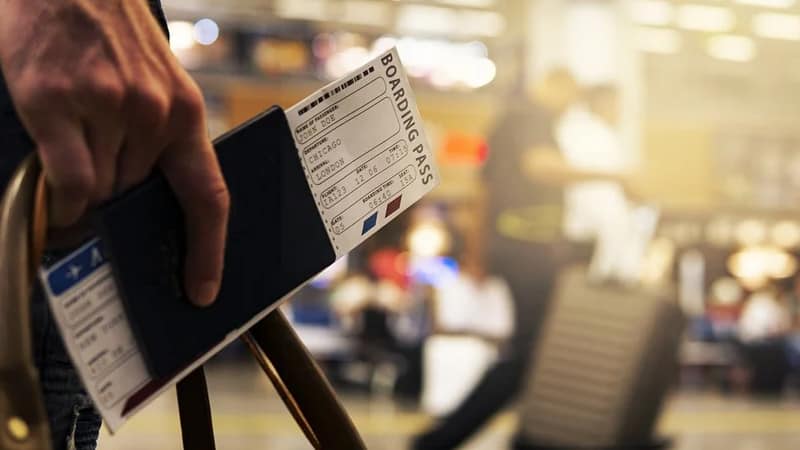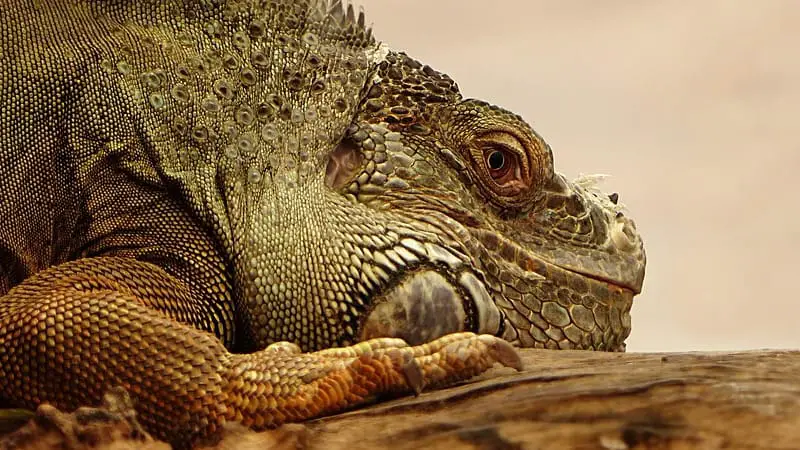Reptile pets enjoy spending time with their owners and will, over time, create a strong bond with you. However, traveling with them might seem foreign and challenging. So, can you fly with your reptile friend?
Taking your reptile pet on a plane is possible, but it usually depends on the airline. Those who do allow reptiles on the plane usually limit transportation to the cargo section only. Typically, you’ll need to have a signed health certificate and ensure the reptile is in an air-approved carrier.
Most people like to travel with their pets as they are part of their family. But, can you fly with reptiles? Is it illegal, and what are the specific needs to travel with your reptile? Stick around and learn more!
Is It Illegal to Bring a Lizard on A Plane?
The Federal Aviation Administration doesn’t forbid reptile air travel explicitly. Instead, the administration sets out pet-specific regulations and leaves the rest to individual airlines. But, if an airline allows a reptile on board, the FAA stipulates that it should be stowed in a cage during the flight.
Sadly, no airline allows the reptiles in the cabin with their owners as carry-ons. They only permit you to fly with the reptile if shipped as cargo. There should be a guarantee that your reptile pet is odorless and inoffensive to others in some airlines. Others may have a limit on the total number of pets in their cabin.
Moreover, flying with a lizard domestically and internationally isn’t the same as doing it with other pets. That’s because many airlines aren’t reptile-friendly.
Can You Fly with Reptiles?

You can fly with reptiles on airlines that permit it. So, you’ll need to contact the airline to find out if the reptile is allowed in the plane and destination place. Airlines have strict rules and regulations when it comes to flying with reptiles. For instance, many airlines don’t permit poisonous breeds on their planes.
Typically, these regulations are in place because most reptiles are good at hiding if they were free from the carrier. And while most reptile pets are nothing to be afraid of, the rest of the passengers may not share your confidence. If someone with a fear of reptiles had to sit next to you, they could have a panic attack, even if it’s a harmless corn snake, gecko, chameleon, or lizard.
It can also be challenging to fly with reptiles as they have a strict temperature requirement, and it might get too hot or cold in the cargo hold. There’s also a chance that baggage handlers might mishandle their carriers.
How Do You Travel with Reptiles?
Here’s how to travel with reptiles:
Do Your Research
When traveling to a different state or nation, there might be regulations in place that could affect your pet’s legality. For example, some areas prohibit bringing reptiles in, while others may require you to have a signed health certificate for your pet. For instance, Hawaii doesn’t allow you to bring reptiles in because they might damage the local ecosystem if they were to get loose.
Other countries enforce quarantine once you arrive and might even charge you for the privilege. So, do your research about the destination to avoid getting in trouble or losing your reptile.
Find A Carrier
It will help if you use the right travel-approved carrier for your pet. Also, ensure that the carrier is large enough for your pet to move but not too large as the animal might injure itself. For instance, larger reptiles like large snakes and iguanas could use a dog or cat carrier. You could also consult the airline regarding the carrier since they transport pets every day.
Find Your Reptile A Bag
Ideally, you should place your reptile in a cloth pouch. The pouch is an extra precaution to ensure that your reptile doesn’t get lost. It also prevents the carrier from being mangled by the reptile or the carrier irritating or hurting your pet.
The pouch acts as a soft layer of protection for your reptile’s body. The padding will also protect the reptile’s body from being rubbed by the carrier during the plane rides’ turbulence. However, the pouch should be tied up tight and well-ventilated- you can make holes small enough that the pet doesn’t escape.
Ensure The Temperature Is Correct
The carrier should be climate-controlled as the temperature of the reptile fluctuates with the surrounding temperatures. Depending on where you’re flying to, you’ll need heat pads or cold pads and maintain the right temperature.
Add Some Towels and Blankets

You’ll need a layer of some blankets and towels to prevent the hot or cold pads from coming into contact with your reptile and probably injuring them. Towels also act as cushioning against the many vibrations and loud noises that come with traveling.
Bring A Thermometer
Bring a digital thermometer that allows you to monitor the pet’s carrier temperature remotely. That will ensure you don’t expose your reptile to climate changes since temperatures fluctuate as you travel. Ideally, the carrier shouldn’t get colder than 45 degrees or hotter than 85 degrees Fahrenheit.
What To Do When Flying with Reptiles
With many people traveling, sometimes flights are moved, or you find yourself sprinting across the airport to catch a flight. So, it would be ideal if you label the carrier with LIVE ANIMAL and THIS SIDE UP tags. This ensures that anyone who’ll handle the carrier takes extra care with it and puts the right side up, so the reptile is transported safely.
You could also include the ideal temperature, breed, feeding schedule, and any special medical needs and your contact information such as an address, phone number, or cell phone.
Your reptile friend will experience stress during the flight, so make it as short as possible. For instance, you should pack the pet last and only when you’re ready to go to the airport. You could also opt for direct flights- while they may be a bit costly, avoiding switching airlines and spending extra time traveling can help ease the stress road on the reptile.

